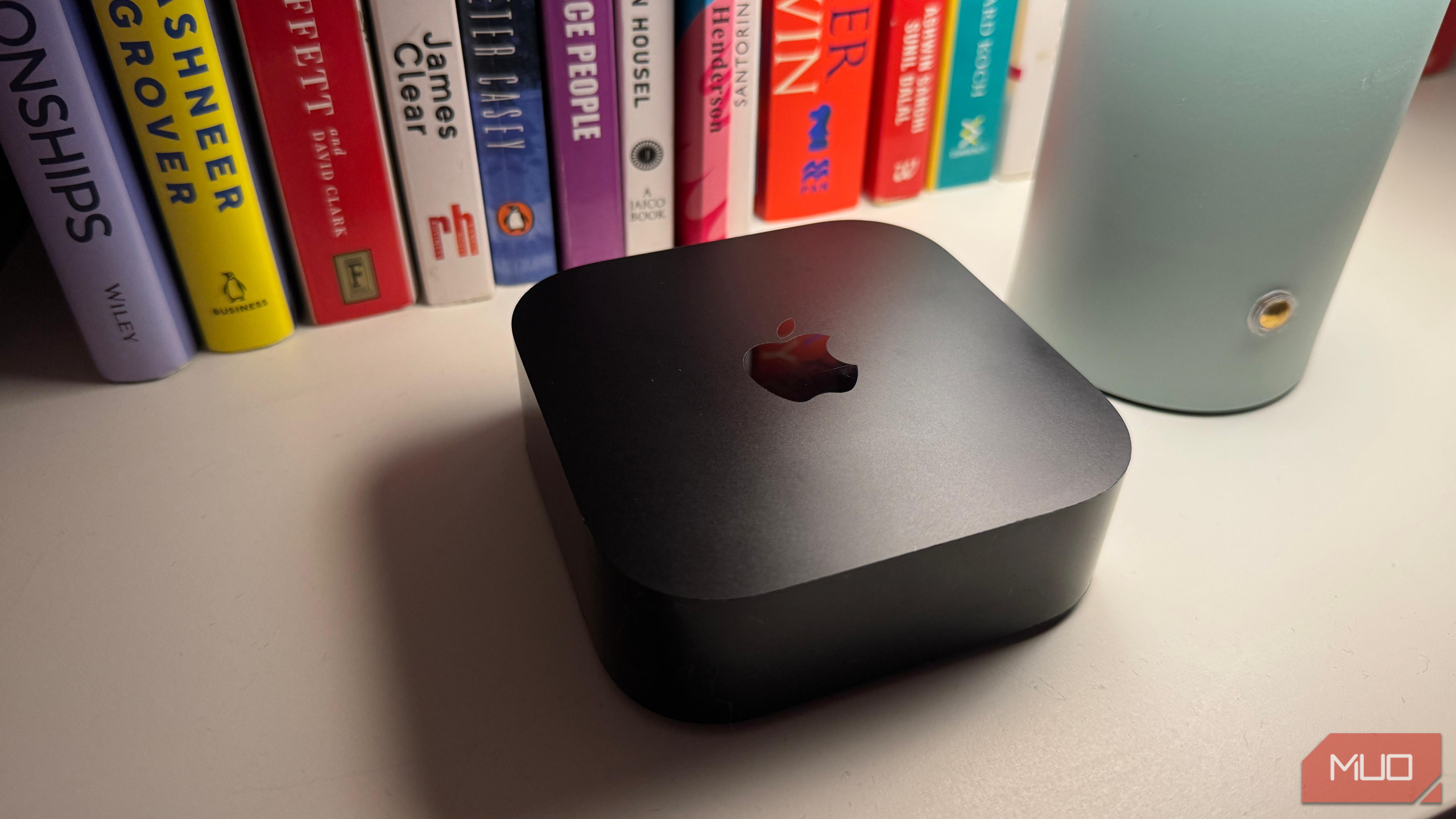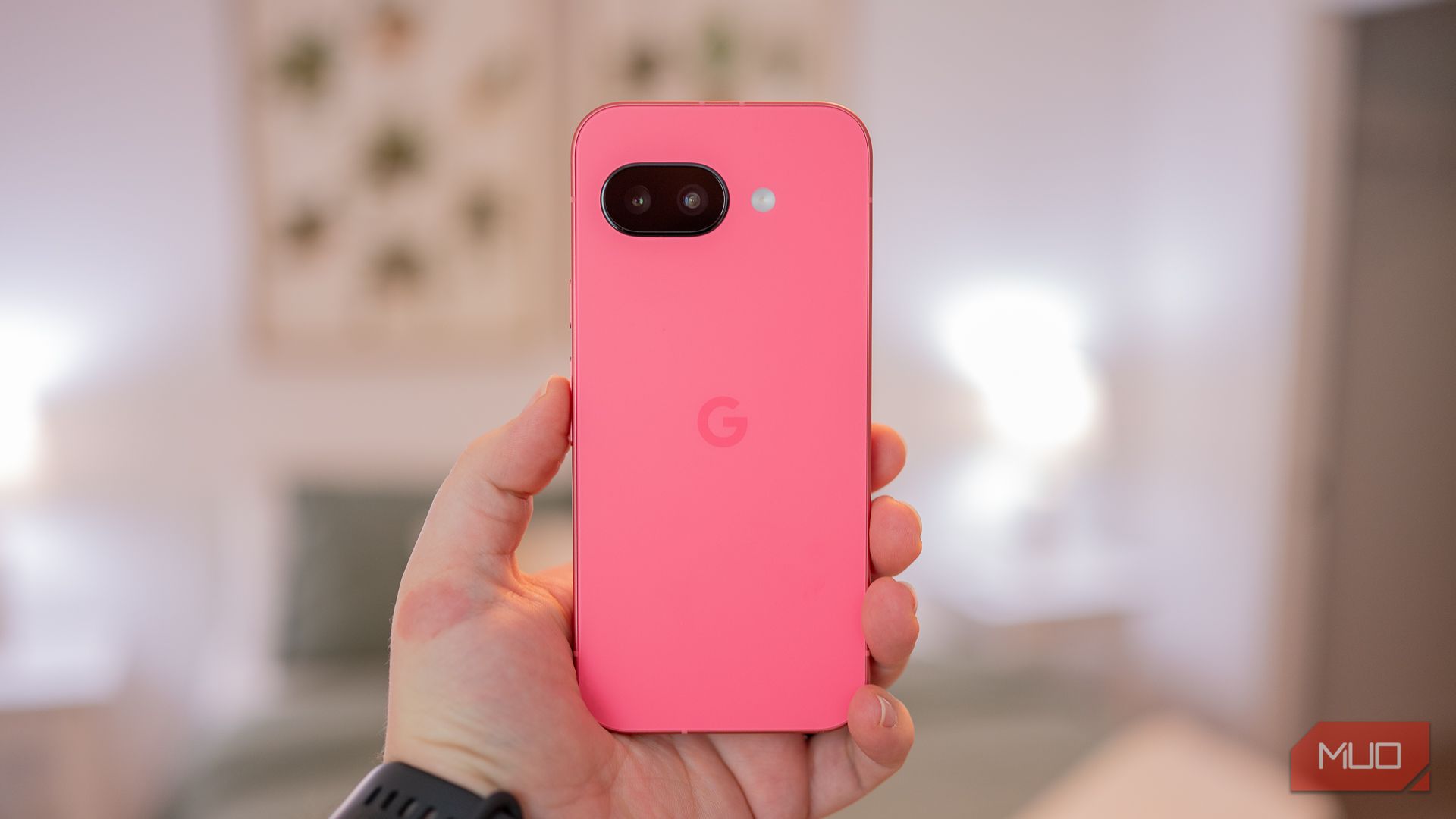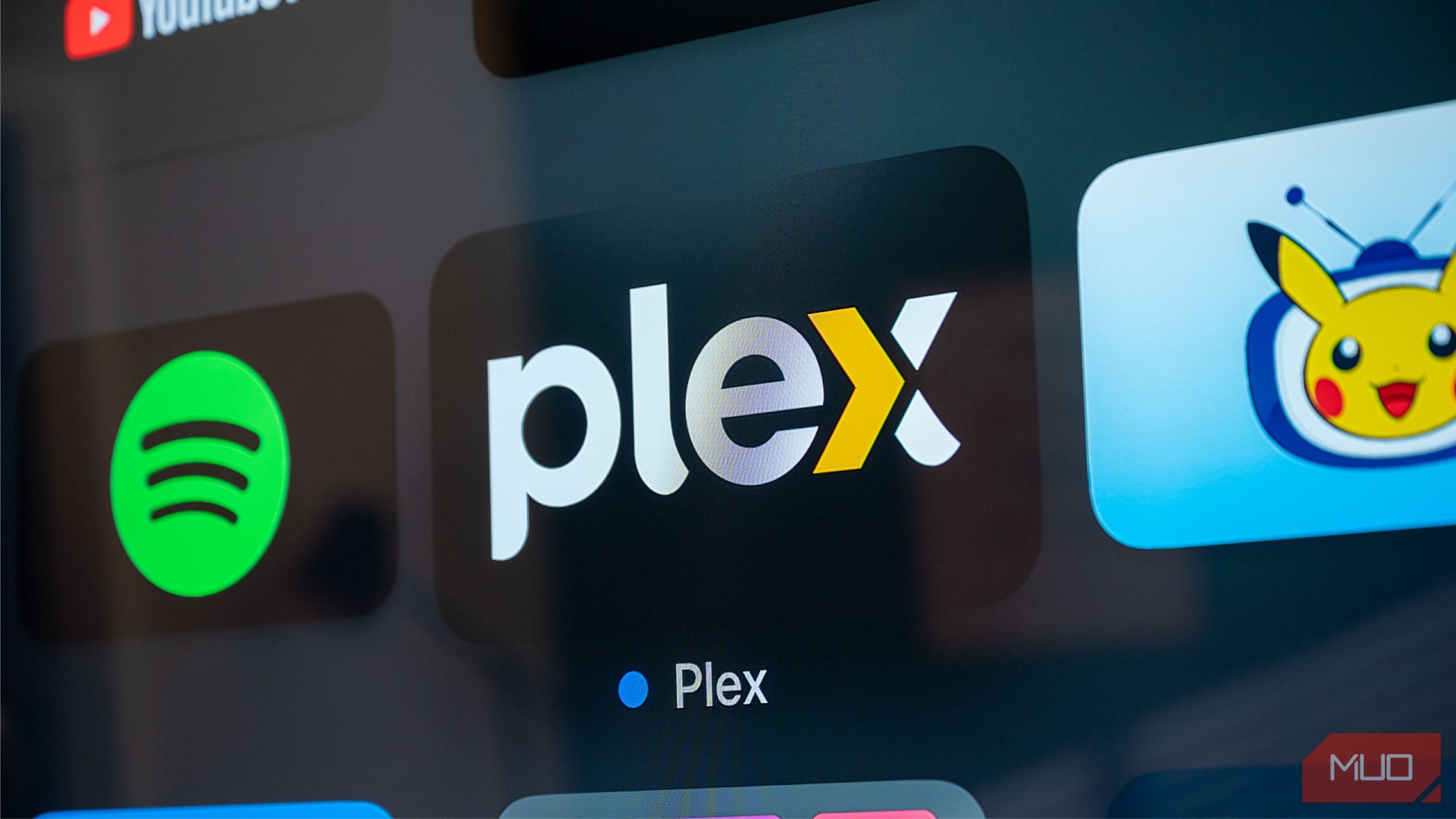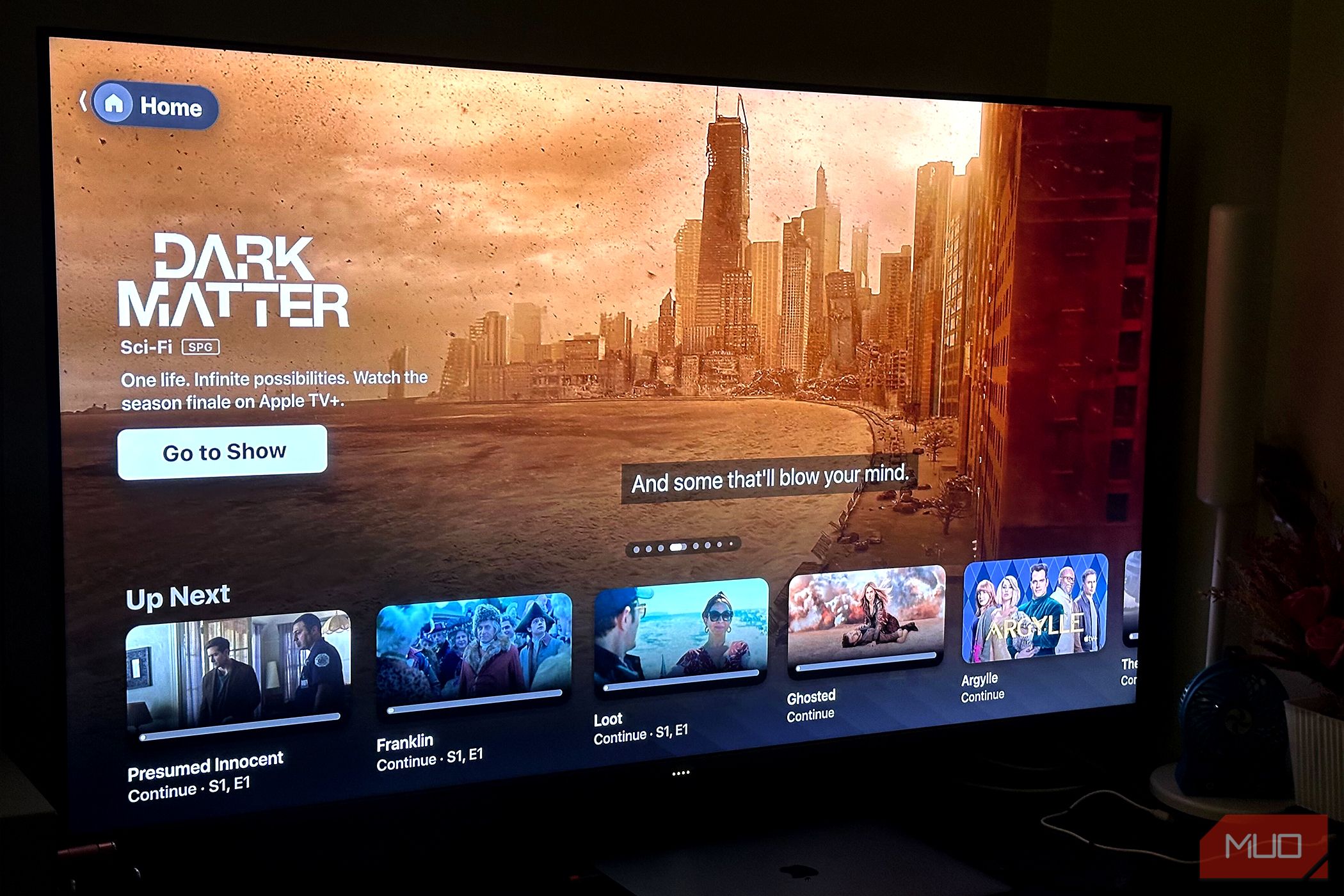The Apple TV offers one of the best streaming device experiences. But as much as I love my Apple TV, it’s hard to ignore how Apple continues to overlook a few glaring issues.
4
Still No Shortcut Buttons on the Apple TV Remote
Apple TV is all about minimalist design and a fast software experience, just like Apple’s other products. However, there comes a point where being minimal starts to feel limiting. The Apple TV remote—while one of the most refined remotes available, with a solid aluminum build and satisfying buttons—lacks basic shortcut functionality.
Most Android TV remotes come with dedicated buttons for popular apps like YouTube, Netflix, and Prime Video. These might seem like small additions, but they make it easy to quickly launch your favorite apps the moment you power on your streaming device (or when you want to quickly switch apps). Some remotes, like those for LG TVs, let you customize your own app shortcuts by holding the number buttons.
On Apple TV, you have to navigate through the UI every time (even when opening YouTube for the 10th time that day). Plus, there’s no way to remap buttons either. It’d be great if Apple added a few quick shortcut buttons, or at least a customizable button, in the next Apple TV generation.
3
It’s Time Apple TV Worked Better Outside the Ecosystem
Just like other Apple products, Apple TV is locked behind the walled garden, meaning it works best when paired with other Apple devices. But if you own an Android phone or want to cast something from a non-Apple device, the experience quickly starts to fall apart.
There’s no native Apple TV remote app for Android, so you’re forced to rely on third-party, unofficial apps that are usually filled with ads and other annoying clutter. Setting up an Apple TV without an iPhone is also a hassle. You’ll need to use the physical remote to configure your home screen and sign into apps, which can be tedious.
Moreover, unlike Android TV or Roku, Apple TV doesn’t support Google Cast or Miracast. Plus, AirPlay doesn’t work well with non-Apple devices.
It’s understandable that Apple wants to keep Apple TV users in its ecosystem—just like with its other products—but at this price point, a little flexibility wouldn’t hurt. Not everyone uses an iPhone, and even having a Mac or iPad doesn’t guarantee a smooth Apple TV experience. Apple, for some reason, continues to make it harder than it should be for mixed-device users.

Related
Why I Stopped Using My TV’s Built-in Apps and Bought an Apple TV 4K Instead
If your TV isn’t fast enough, it’s time to switch to an Apple TV.
2
The Lack of a Proper Browser Is Still Baffling
Apple TV is packed with more raw power than it currently utilizes. The latest Apple TV 4K (3rd gen) runs on Apple’s A15 Bionic chip, the same processor found in the iPhone 13. Despite having such a powerful chipset and one of the best-optimized platforms in tvOS, Apple TV still doesn’t include a proper web browser.
Sure, there are workarounds using AirPlay or third-party apps, but it’s nowhere near the seamless experience you’d expect. And while competing platforms like Android TV and Fire OS also lack native browser support, many of those devices are much weaker. So even if a browser were available, the experience wouldn’t be great on them.
Apple TV, on the other hand, has powerful hardware, yet Apple still doesn’t ship even a lightweight version of Safari for tvOS. A simple Safari app could solve this gap, but so far, there’s no indication Apple is working on one. Even the latest tvOS 26 doesn’t include it.
1
No Audio Passthrough Is a Big Miss in 2025
Apple TV supports Dolby Atmos and Spatial Audio, but it still doesn’t offer proper bitstream audio passthrough. This means you can’t send uncompressed audio to external sound systems. For casual viewers, this might not matter. But if you have a proper home theater setup like I do, it can become a deal-breaker.
Competing devices like the Nvidia Shield handle this effortlessly, yet Apple still downmixes audio into its preferred formats. It’s especially frustrating when the hardware is capable, but the software chooses not to support the feature.
Apple is finally adding bitstream passthrough in tvOS 26, but even then, apps will need to update to use Apple’s new API. However, as of now, there’s still no way to get this working properly on an Apple TV.
Despite these issues, I love my Apple TV. The software experience, the ability to calibrate my TV’s colors using my iPhone, and the fast updates are unmatched by other streaming devices. But there are still a few areas where Apple needs to improve for the next generation.



